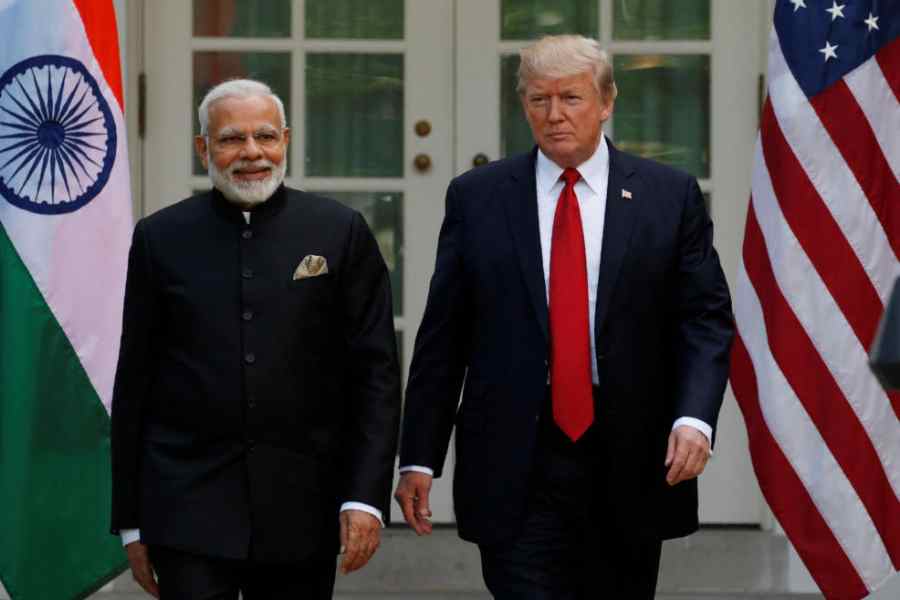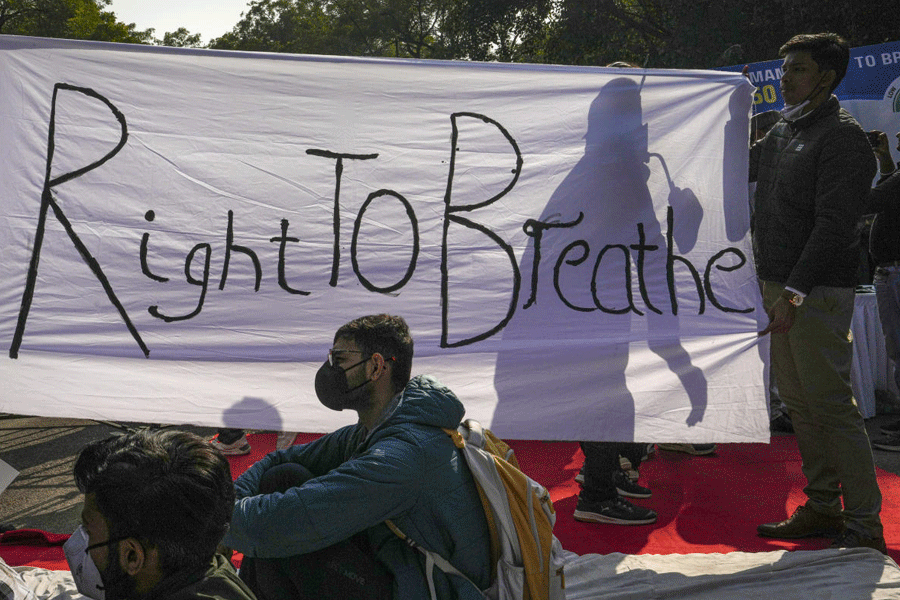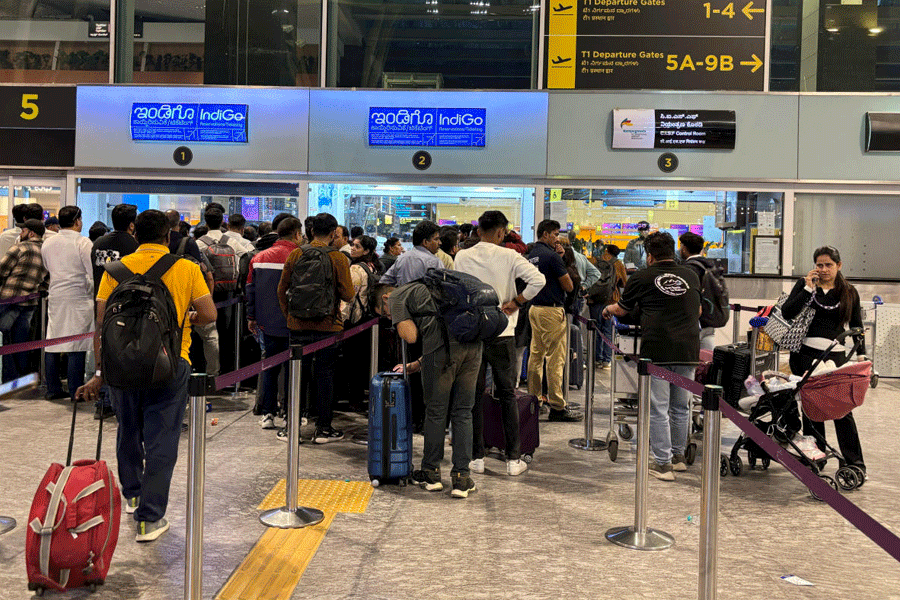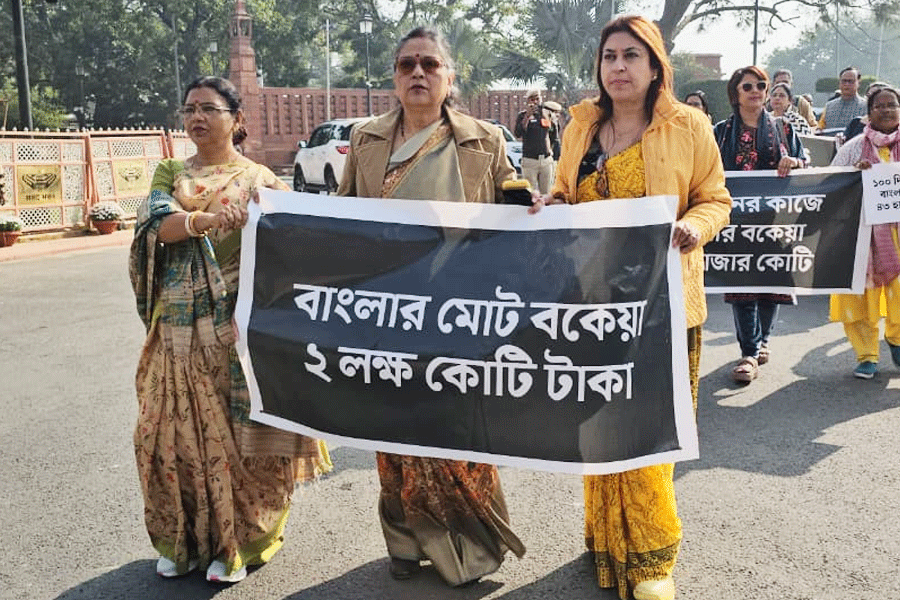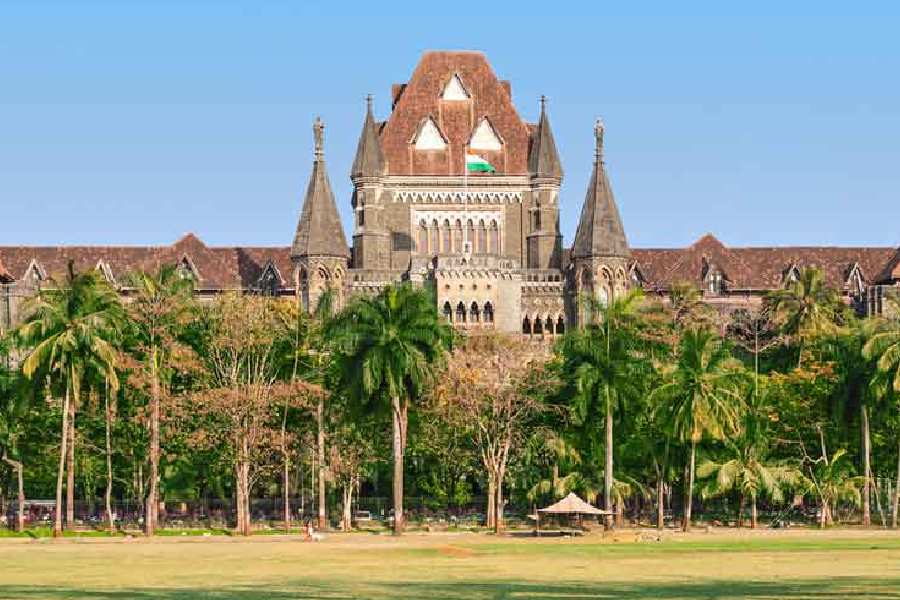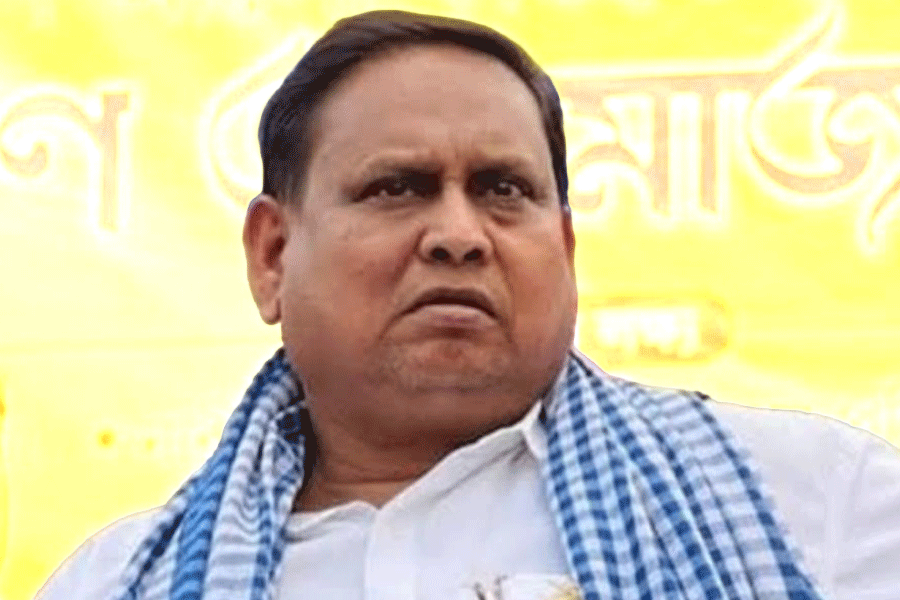Narendra Modi begins his visit to the United States of America today, a trip that has come at quick notice after Donald Trump’s triumphant return to the White House. His antics are a source of trepidation for many countries and present an even more complex tapestry of challenges for Modi’s regime in New Delhi. Since 1947, India has successfully navigated turbulence better than most other nations but it now seems unsure and unprepared.
Modi’s third term as prime minister has brought terrible news on the economic front with almost every single indicator — trade deficit, rupee exchange rate, FDI inflow, FII outflow, high inflation, falling investment, depressed wages, low consumption and high unemployment — flashing red. With the same faces in the saddle, the Modi government looks tired and bereft of ideas. Among the people, there is a palpable sense of fatigue and despondency. More than 37% of respondents in a pre-budget survey said they expect the overall quality of life for ordinary people to deteriorate over the next year, the highest such percentage since 2013, as per findings released by the polling agency, C-Voter. That kind of mood brought the Congress Party down from 206 seats in 2009 to 44 in 2014.
The alarm bells are ringing. Modi has heard them too because he has conceded ground to Beijing on the border and other issues to beget an economic impetus by restoring normal bilateral ties with China. It is here that Modi needs support from his ‘friend’ Trump but that is not going to be easy. New Delhi has already taken many decisions to appease the US president but Trump’s unpredictable policy decisions and his tendency to prioritise short-term gains over long-term stability are already creating volatility in global markets. During his first term, trade wars with China and other countries had led to significant disruptions in global supply chains and market fluctuations. India, with its growing assimilation into the global economy, is vulnerable to such shocks. Any escalation in trade tensions between the US and China is bound to have spillover effects on India given its economic ties with both countries.
During his first term, Trump imposed tariffs on a range of goods from various countries, including India, a country he labelled “tariff king”. The removal in 2019 of India from the Generalized System of Preferences, which allowed certain Indian goods to enter the US duty-free, was a significant blow to Indian exporters. In his first telephone call with Modi after becoming president, Trump was explicit about reducing the trade deficit with India. Modi has already complied by reducing the high tariff on certain products in the Union budget. However, that may not be sufficient and if Trump carries out his threat of intensifying import control measures, Indian industries, particularly those reliant on exports to the US, could face substantial challenges.
Trump’s penchant for higher tariffs will spell trouble for the IT, textiles and pharmaceutical sectors, the long-standing pillars of India’s export economy. The US is a major market for Indian textiles and garments and any increase in tariffs could make Indian products less competitive. Similarly, the pharmaceutical sector, which exports a significant portion of its generic drugs to the US, could see reduced profitability if tariffs are imposed. The IT sector, which depends heavily on outsourcing contracts from US companies, might also face hurdles if Trump enforces stricter immigration and visa policies, limiting the movement of skilled professionals. Trump’s stance on immigration has already humiliated Indians. It will force a painful recalibration for Indian IT firms, potentially accelerating the trend of local hiring in the US. Stricter visa regulations could limit the mobility of Indian professionals, affecting the competitiveness of Indian IT firms.
Trump’s energy policies present a double-edged sword for India. His drive for American energy independence could stabilise global oil prices, potentially easing India’s import burden. However, this same policy might also intensify competition in global energy markets, challenging India’s own aspirations for energy security. The Modi government succumbed easily to Trump’s pressure in his first presidential stint and stopped buying crude oil from Iran and Venezuela. Any similar step this time, or a demand to buy more crude oil from the US, could further dent New Delhi’s budget and simultaneously constrain its strategic sovereignty.
Under the Joe Biden administration, the Modi government boasted of enhanced defence cooperation with the US which included technology transfer and the manufacturing of items in India. Trump is charting an opposite course and has already told Modi to buy more defence platforms and weapon systems from the US. India’s unaspiring defence budget has not made any major allocations for defence procurement to immediately satisfy Trump. However, the Modi government’s announcement of amending the nuclear liability law opens the prospect of satisfying Trump with a high-value Indian procurement from the US.
Yet, what seems like a time of a major crisis with Trump could have been a period of great opportunity had India not suffered from a wasted decade under Modi. With the US seeking to disentangle its supply chains from China, India could have filled the void, offering itself as a reliable alternative in sectors ranging from electronics to textiles. The reality is that India is nowhere, with Vietnam, Mexico, Indonesia and Malaysia emerging as preferred alternatives. Similarly, if India were prepared, Trump’s protectionist policies on immigration could have fostered greater resilience and innovation within India’s tech sector. But unlike China, little has been done to promote scientific education since 2014 as the political focus was on prioritising Hindutva mythology. While China takes the global lead in Artificial Intelligence, the director of IIT Madras hails the medicinal properties of cow urine. India has had its stint with bigotry, ignorance and boastful rhetoric in the past decade. Now comes the time to pay its economic price.
Trump’s return to the White House is not merely a change in American leadership; it’s a clarion call for India to reassess, adapt, and display resilience. India’s ability to turn challenges into opportunities will define the economic well-being of 1.5 billion Indians for years to come. Can the Modi government rise to the challenge? Not many will place a wager on the man who has promised a lot since 2014 but delivered little.
Sushant Singh is lecturer at Yale University

